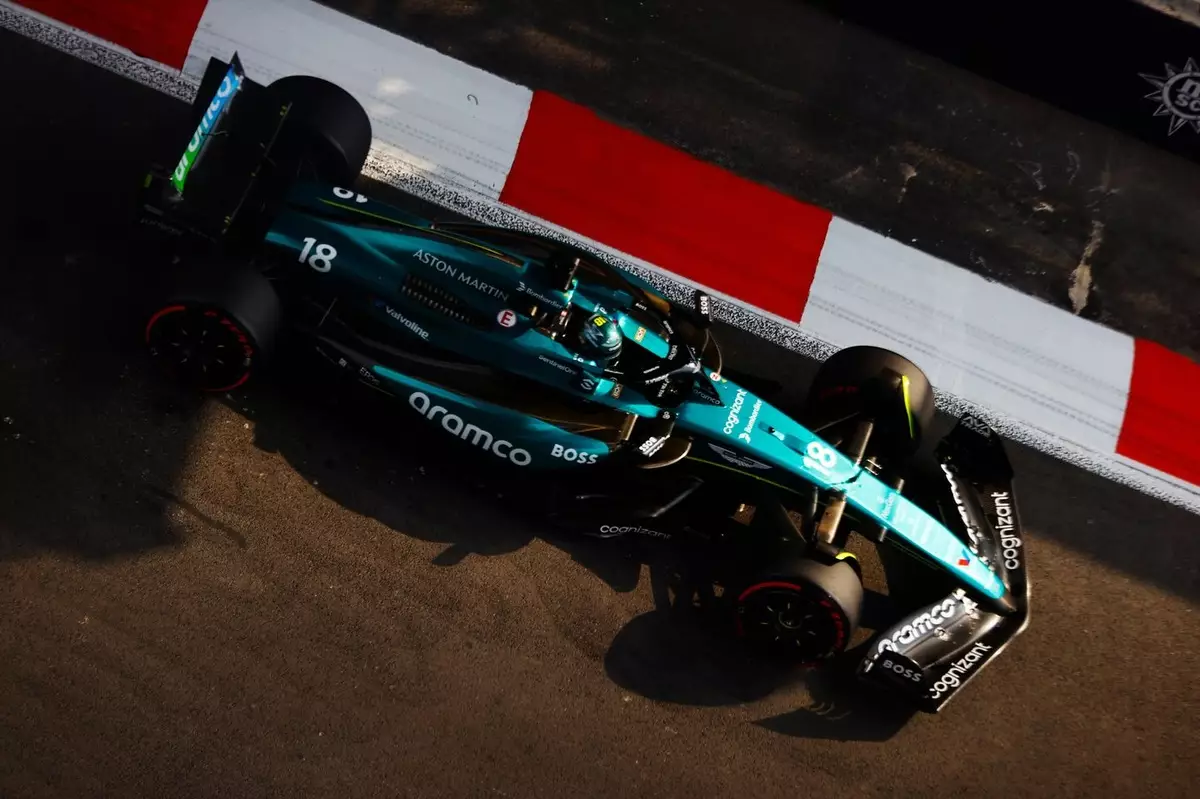The world of Formula 1 is on the verge of a significant transformation as the new technical regulations for the 2026 season loom on the horizon. Adrian Newey, a celebrated figure heading to Aston Martin as managing technical partner, has shared insightful predictions that may indicate an era strongly characterized by engine dominance, mirroring the situation witnessed in 2014 when hybrid power units were first introduced. This anticipated shift raises questions about the future dynamics of competition, the role of manufacturers, and the technological advancements that are driving the sport forward.
The upcoming season will feature power units that shift away from the complex and costly MGU-H electrical motors and instead emphasize the more powerful and sustainable MGU-K units, complemented by the use of eco-friendly fuels. These changes aim to simplify the technology while enhancing the energy efficiency of the cars. Importantly, the regulations include a new override system, which acts similarly to the Drag Reduction System (DRS), offering drivers an extra boost, particularly while trailing competitors. This regulation change is pivotal, as it aims to improve the overtaking ability and, consequently, the spectacle of races.
Newey’s analysis highlights how unprecedented this simultaneous alteration of both chassis and engine regulations is for Formula 1. In his view, the design of the chassis has been created with the intent to compensate for the new engine designs. This interplay between chassis and engine design could lead to a scenario where one power unit stands out above the rest, potentially dominating the early seasons of this new era.
The possibility of one manufacturer rising above the rest is not merely conjecture; it holds substantial historical precedent. When hybrid engines were first implemented in 2014, Mercedes quickly established a lead that lasted for several seasons. According to Newey, this trend may resurface with the 2026 regulations. If a manufacturer successfully optimizes the combustion engine or the electrical systems ahead of their competitors, the gap could prove difficult to close given the intricacies and restrictions embedded in the new regulations.
However, the adaptability of electrical systems might offer a more level playing field, allowing teams to catch up more quickly if they fall behind. In contrast, the optimization process for combustion engines may lock in a competitive advantage more firmly for whoever gains the upper hand early on. This uncertainty invigorates the sport, with fans and teams eagerly awaiting to see which manufacturer can harness the new regulations most effectively.
As the landscape of Formula 1 evolves, team collaborations are also shifting. Aston Martin’s new partnership with Honda and the support from Aramco to provide sustainable fuels indicate a strategic move toward greener technologies, aligning with global trends towards sustainability. The entry of Audi as a new power unit manufacturer following their acquisition of the Sauber team injects fresh ambition into the sport. Meanwhile, Red Bull’s development of in-house engines at Red Bull Powertrains in partnership with Ford indicates a trend towards self-sufficiency among teams.
Looking ahead, the grid could see a notable expansion with the addition of General Motors’ Cadillac brand, poised to enter the fray, making it a total of six manufacturers, including established names like Mercedes, Ferrari, and Honda. Despite the excitement surrounding these developments, the exit of Renault from the engine manufacturing sphere—transitioning Alpine to a customer team for Mercedes—signals that not all changes are positive for every participant in the sport.
A New Focus for Adrian Newey
As Newey prepares to immerse himself in Aston Martin’s 2026 car development, he admits to having limited recent engagement with the evolving regulations, highlighting a learning curve ahead. His focus on the upcoming season reflects the necessity of adapting to new technology and dynamics swiftly. As one of the sport’s leading engineers, his insights will undoubtedly influence the direction Aston Martin takes in this critical phase.
The 2026 regulations promise to redefine the competitive landscape of Formula 1. With engine dominance potentially dictating race outcomes in the early seasons, the interplay of innovation, collaboration, and adaptability will shape the future of the sport. As teams navigate this new territory, it will be fascinating to observe how strategies develop and who ultimately claims the upper hand in this high-octane arena.

